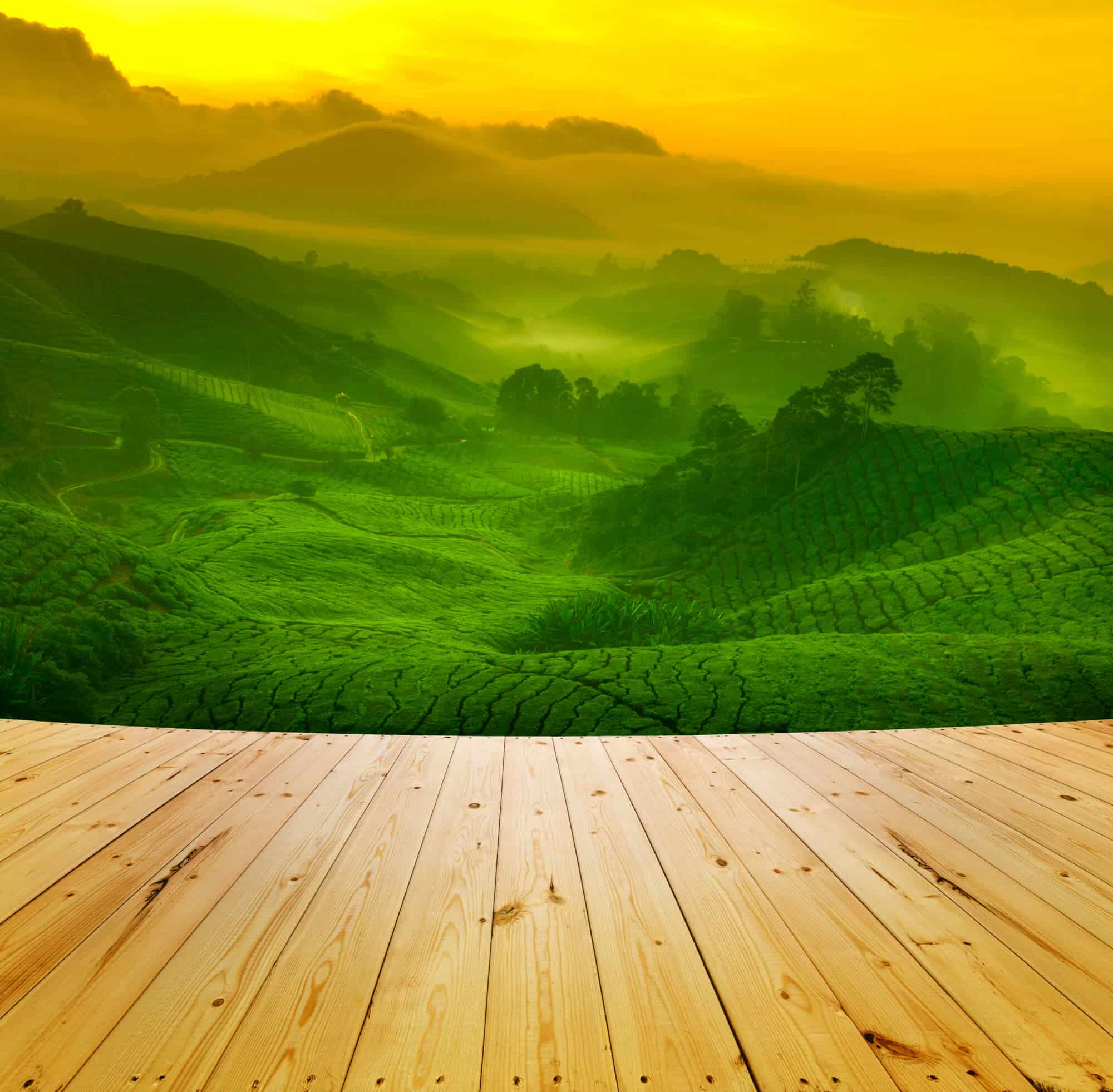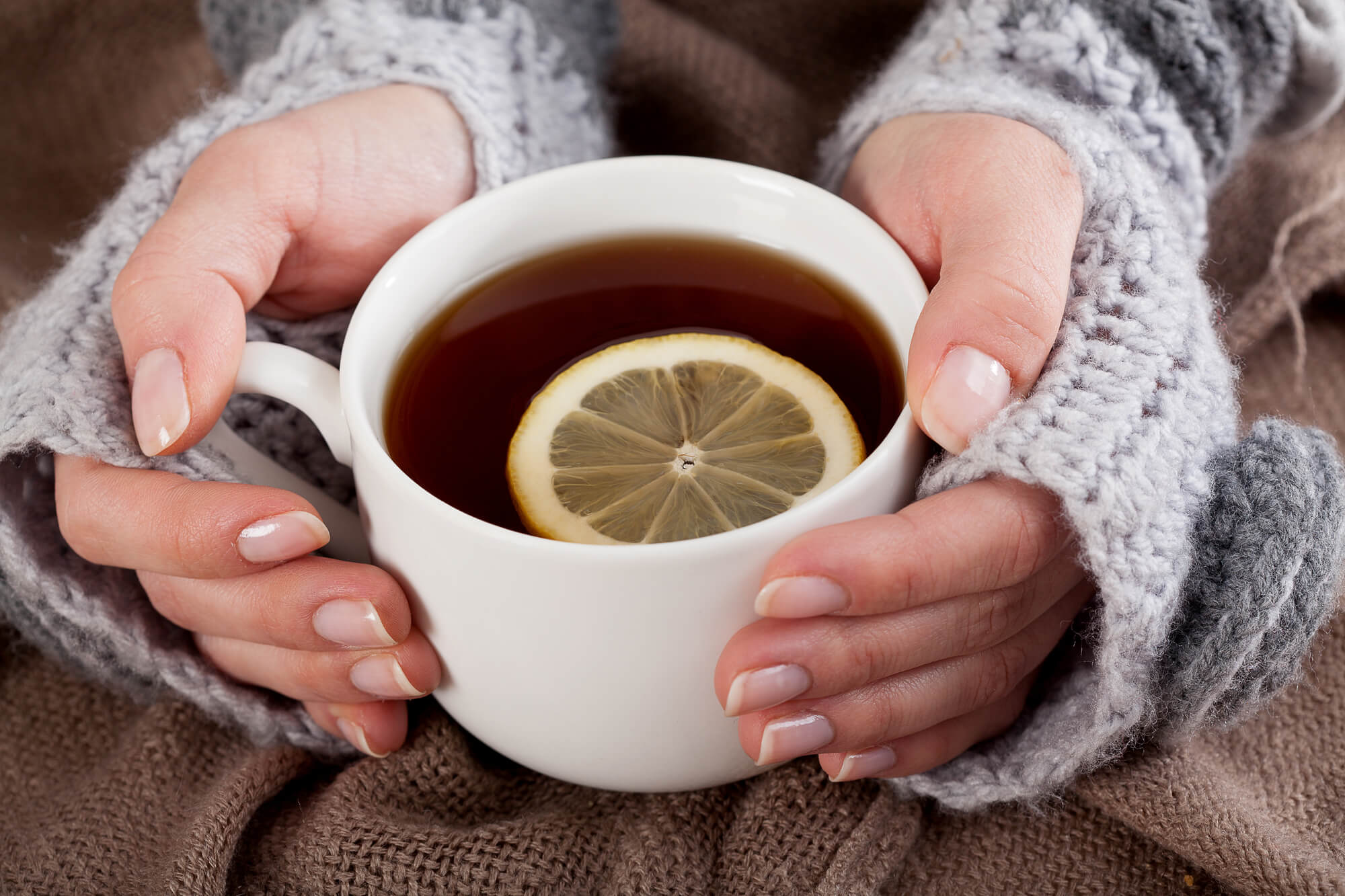What is there in the ancient drink that has become part of the culture of the East and the West, and does the danger of the climate crisis threaten it as well?

It is fragrant and comes in different colors, the Queen of England does not give it up, the Indians love it with milk and spices and we pull it out of the closet especially when winter shows signs that it is here. Does the tea really come to us from China? How will the climate crisis affect it and why should you drink it? Our researchers explain, surprise and debunk some myths.
When the Chinese mystics met the tea plant
We won't keep you in suspense: it turns out that the popular drink was sipped by Indian Buddhist monks already two thousand years ago, long before it became an integral part of Chinese culture and then also of Western cultures.
"The tea plant was already known in China in the first centuries BC, but the latest studies show that the custom of drinking tea came to China from India," explains Prof. Meir Shahar from the Department of East Asian Studies at the Lester and Sally Antin Faculty of Humanities, which explores, among other things, the influence of Indian culture on Chinese religion and literature.
"In the first centuries AD, Buddhism came to China from India and the Buddhist monks, who wanted to stay awake during meditation, used to drink tea. The Chinese monks saw that it was good and adopted the custom, which spread from there to the entire Chinese population. So the Chinese tradition of drinking tea originated in India. If so, the song 'tea and rice is in China' is not entirely accurate."
What's more, the origin of the word tea in most languages of the world is Chinese. "In northern China it is called chai, hence the Russian chai, and in southern China it is pronounced as tea, and this is where tea came into Hebrew and English," reveals Prof. Shahar.

Sip and enjoy. Buddhist monks on a tea break
Is tea tea?
The Buddhist monks realized a long time ago that tea keeps them awake, and today, thanks to science, we know how to explain how the plant's active ingredients affect us.
"Contrary to what many people think, all types of tea are produced from the same plant - from the leaves and buds of the camellia sinensis plant (Camellia sinensis). Although there are several varieties of the current plant, the types of tea we know: white, green, oolong and black differ according to the part of the plant from which they are extracted and the way they are processed. Green tea for example has less caffeine than black tea. The leaves intended for green tea undergo a minimal drying process and the leaves intended for black tea undergo drying and fermentation," explains Guy Shalmon, clinical and sports dietitian, physical educator and exercise physiologist at the Sylvan Adams Sports Institute.
healthy or not?
"Tea leaves contain substances known as flavonoids (vitamin P), but their composition differs from one tea to another. For example, in green tea there is a higher concentration of a substance called epiglucatechin 3-gallate, known for short EGCG, than black tea that goes through a long processing process. This substance has antioxidant activity, and various health effects are attributed to it," says Guy.
"On the other hand, tea may reduce absorption of plant-derived iron mineral. The polyphenols (compounds with antioxidant properties), present in tea leaves may bind inorganic iron mineral and remove it with the feces. To prevent this, you don't have to give up drinking tea, but simply separate the time of drinking it from eating plant-based food rich in iron," he adds.
Is this the end of the tea age?
The climate crisis brings with it many changes and different regions of the world are experiencing opposite phenomena. From heatstrokes, droughts and droughts to floods, storms and extreme cold strokes, which may threaten the continued survival of agricultural crops as they are known to us today. There are plants that crossed oceans and were absorbed in other continents, but what happens to those that need special conditions to thrive? Can the tea plant survive the changes taking place around it?
"A plant can adapt to new conditions up to a certain limit," says Prof. Yalovski from the School of Plant Sciences and Food Security at the George S. Wise Faculty of Life Sciences, who studies developmental mechanisms in plants and their response to environmental constraints. Prof. Yalovski's laboratory was able to develop tomato varieties that consume less water, and still provide the same quantities of fruit while maintaining its quality.
"Tea is a crop that grows in very rainy areas. Therefore it is impossible to grow it in an area like Israel for example. You can usually see tea plantations on hills, where the weather is humid and cool to the appropriate degree and the depth of the soil is deep enough."
Like many plants, tea also requires from the soil on which it grows conditions that are adapted to it personally: deep and airy soil rich in minerals, and an optimal temperature range between 18 and 20 degrees. "Tea is sensitive to cold, dryness, humidity and lighting conditions. For example, high humidity damages the quality of the tea, while periods of dryness increase its quality, and growing at high altitudes increases the quality of the tea but decreases the amount of the crop, explains Prof. Yalovski.
Tea is grown in Asia, Africa and South America. The six largest tea producers in the world are China, India, Kenya, Sri Lanka, Vietnam and Turkey. So what will happen if growing conditions in East and Southeast Asia change? Prof. Yalovski explains that it is necessary to adapt varieties to their growing areas. "What is true here is not necessarily true elsewhere, and what is true for East and Southeast Asia will not necessarily be true for Kenya or Turkey, for example. Even if we succeed in copying a growth from one place to another - it is not certain that we will be able to maintain its qualities and taste", he adds another factor to the equation.
When we drink Earl Gray tea we expect a very specific taste, and if the same tree grows in another place, perhaps its temperature conditions are the same as the original habitat but the soil is not - we will witness a change in the taste of the product. This is also one of the reasons why Japanese green tea tastes different from Chinese green tea for example.
To the pressing question of whether in a few years we will only be able to tell our children that there used to be a drink called tea, Prof. Yalovsky answers that it is possible to relax. "Even if the growing areas experience floods - the tea plantations are on the hills and mountains so flooding will not be their problem." Another good news is that unlike many crops that depend on pollination to develop fruit - the tea plant relies less on this way of propagation. "Its leaves are used and not flowers or fruits and it can be propagated by cuttings (cutting a branch from a mature plant called 'mother plant' and creating a new plant through rooting). This method also guarantees genetic uniformity of the 'son plant', with all that implies", he concludes.
In conclusion, we asked Guy Shalmon about what tea (if any) he recommends to male and female students in preparation for the exam period. "To be honest, there is no unique advantage or necessary need for drinking tea during exams. You can drink any type of tea you want and you should vary each time with a different type. If the need for caffeine is the consideration, then choosing black tea will be appropriate, because it has the highest concentration of caffeine. While black tea contains 60-40 mg of caffeine in a glass of drink, green tea contains only 20-15 mg of caffeine. But compared to coffee, the amount of caffeine in tea is lower. The amount of caffeine in coffee drinks ranges from 60 mg to 150 mg per cup, depending on the type of coffee, so the effect of caffeine in coffee drinks is stronger than that in tea drinks."
So if exams are not an excuse, let's use a dreary day to pour some good masala chai or a good cup of Earl Gray, to take a 5 minute break from the crazy daily race. Happy International Tea Day!
More of the topic in Hayadan:
